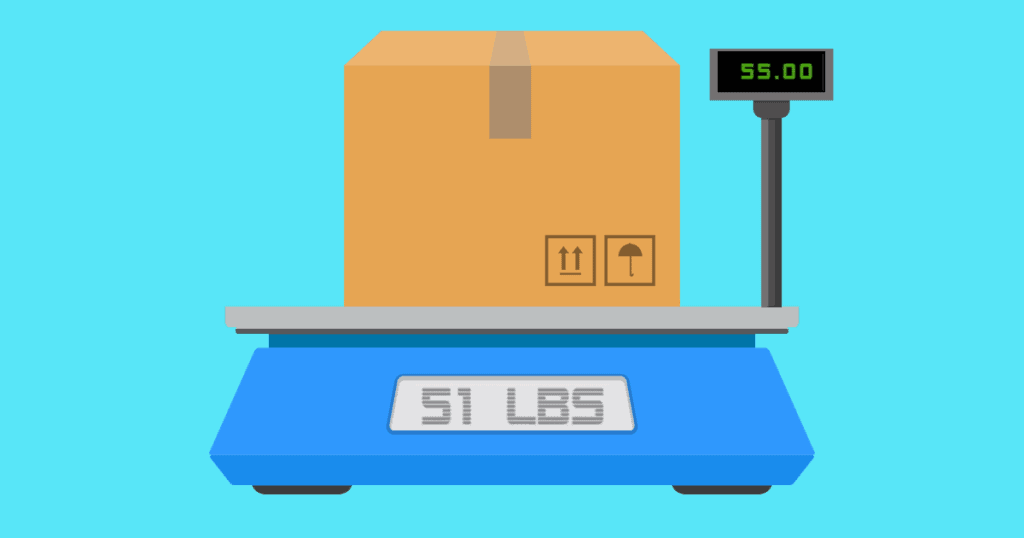Surcharges can be such a maze of technical language and tiny details — it’s enough to drive anyone nuts. But understanding them gives you the power to keep them under control.
The additional handling surcharge is one of those tricky surcharges that’s easy to incur again and again if you don’t know what’s triggering it.
What is the additional handling surcharge?
The additional handling surcharge is a fee carriers like UPS and FedEx charge when packages require extra work on their part. Specifically, this surcharge is applied when a package exceeds certain weight or dimensional limits or the packaging consists of anything other than a squared cardboard box:
- Greater than 50 pounds
- More than 48” on the longest side or more than 30” on the second-longest side
- Encased or bound with metal, wood, plastic, cloth, etc.
- Cylindrical or round in shape
How much is the additional handling surcharge?
For 2020, when based on weight, the surcharge is $24. When based on dimensions, it’s $15, and when it’s packaging based you’ll be charged $13 by FedEx and $14.25 by UPS.
If your package checks more than one of these boxes, you’ll be charged the greatest of the three fees by both UPS and FedEx.
How can you avoid the additional handling surcharge?
Dig into the details of your shipping operations to battle this cost.
- One thing many shippers overlook is their packaging sizes — they purchase boxes that are unnecessarily large for the item inside or they overload the box when separate shipments might actually be cheaper.
- Once you’ve identified the right packaging, make sure that your warehouse team is choosing the correct boxes for each shipment. Sometimes box sizes are similar, and the extra inch of a box that your fast-moving team accidentally pulls can trigger the $15 surcharge based on dimension.
- Double-check your invoices and make sure the surcharge was applied correctly. Carriers make mistakes, of course. Keep an eagle eye out for incorrect instances of the additional handling surcharge.
- In some cases, you simply can’t avoid this one. If you ship surfboards or bowling balls, you’re going to see this surcharge on your carrier reports and invoices. But many shippers don’t know that they can optimize this charge with their carrier. If you can’t get around the surcharge because of what you sell, you can work with your carrier to reduce the cost of this surcharge. (Just make sure you’re prepared for the discussion by having a good handle on your shipping profile.)
Stay aware to keep surcharges at bay
Keeping your shipping costs down means you can offer attractive shipping options to your customers. Too many shippers lose track of their shipping costs and, in turn, their cost of goods sold. Then they find themselves raising their prices or shipping fees to compensate, driving customers away.
Understanding each and every surcharge that affects your business will help you keep your customers coming back. It can be a highly manual process to dig into it all, but with the right tool, you can spot surcharges easily and address their root cause.
Are surcharges overwhelming you? It’s even harder when the shipping industry seems to be changing every minute. Our new eBook gives you a quick summary of some of the biggest budget-busting surcharges and what to do about them.















